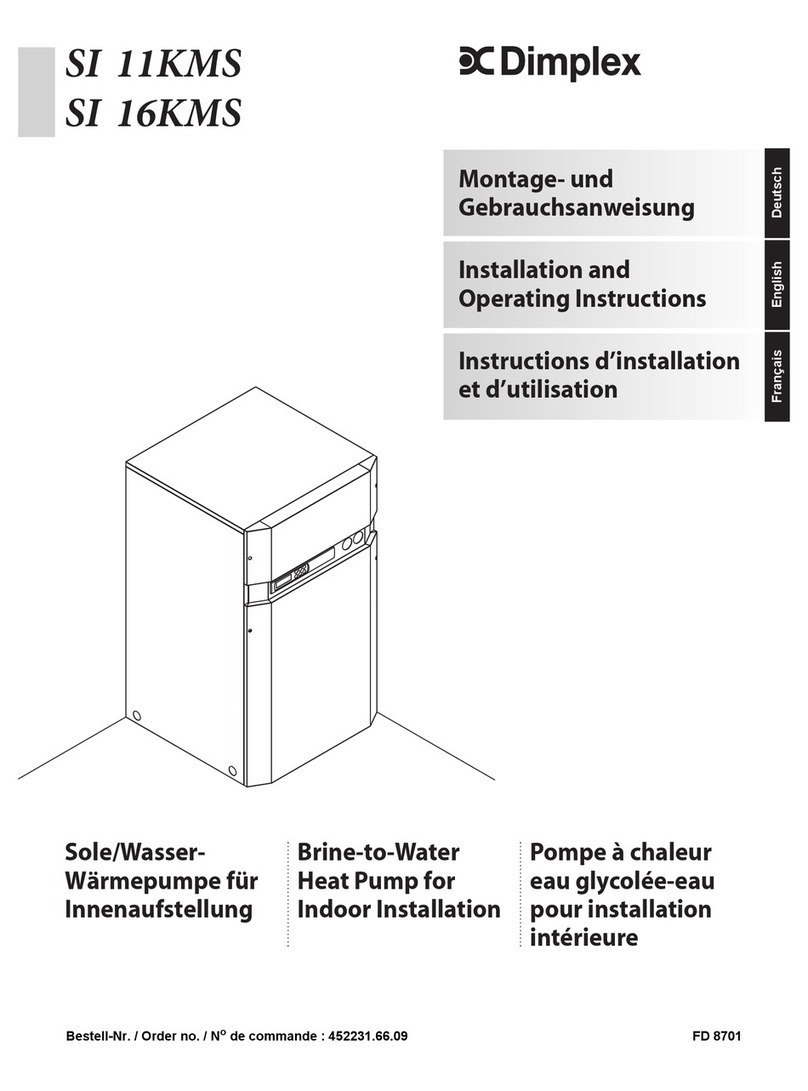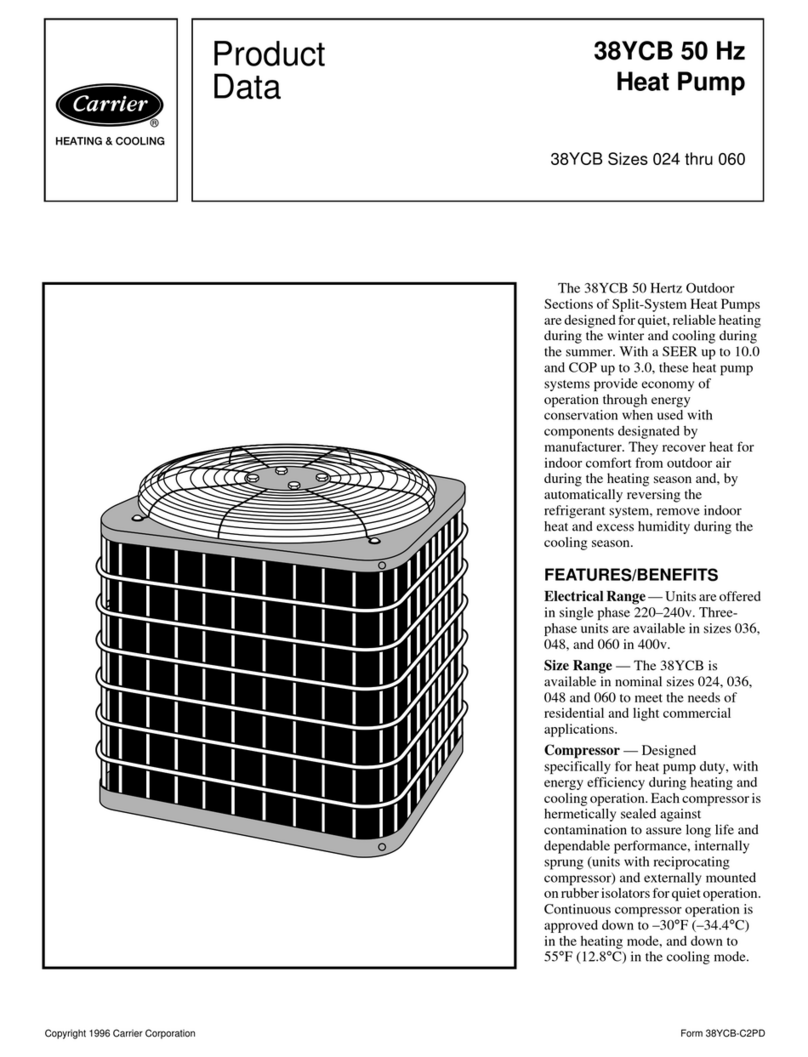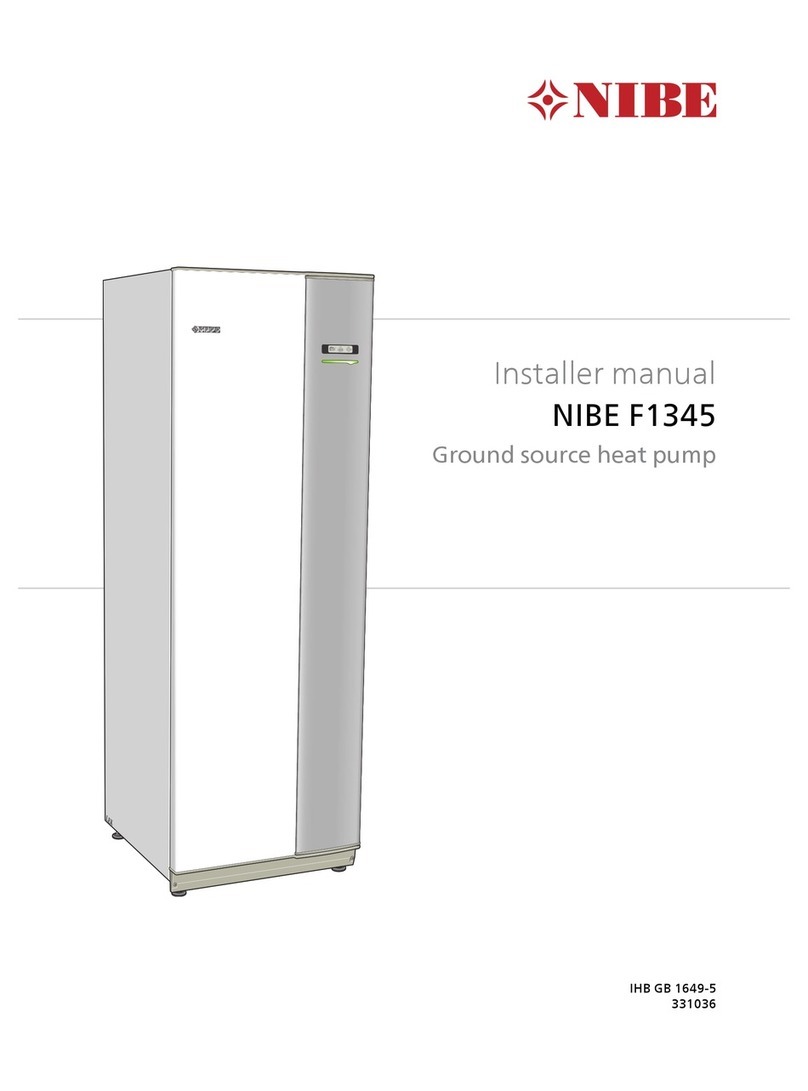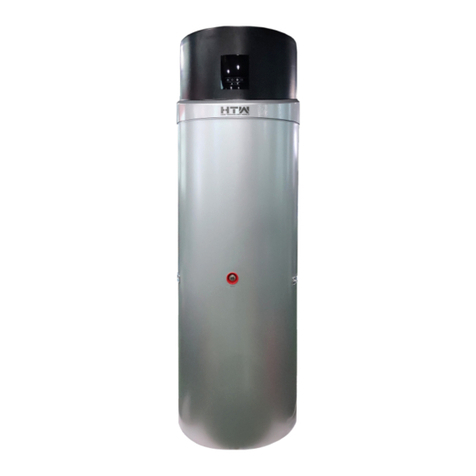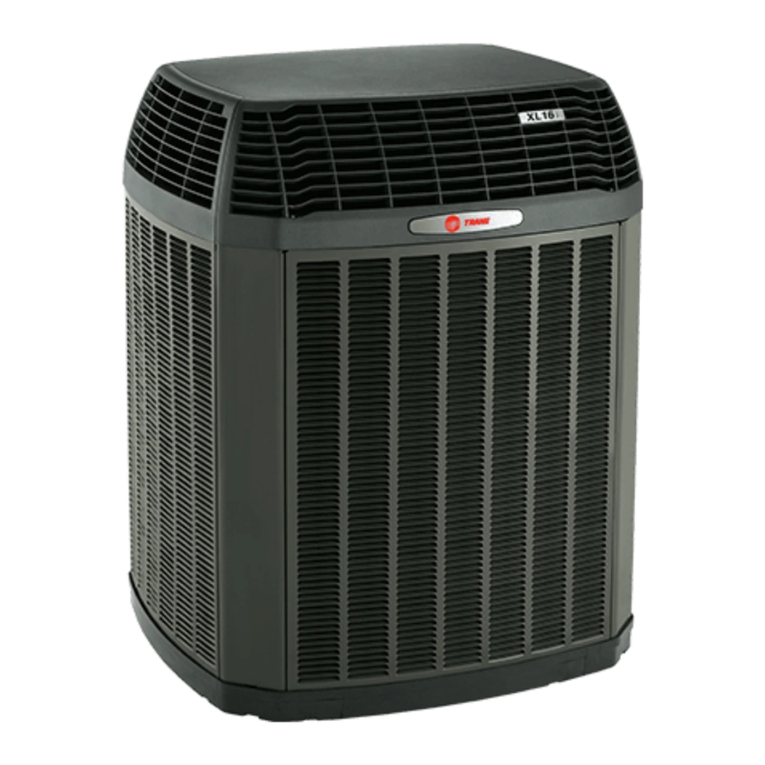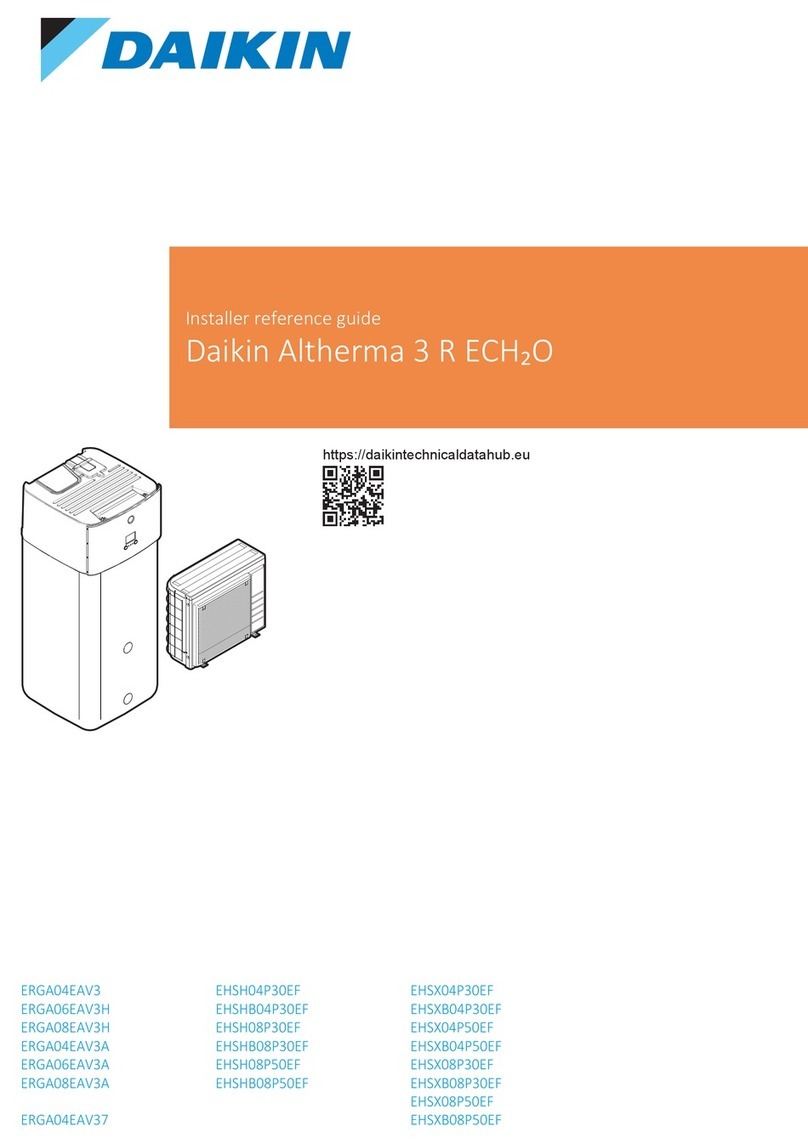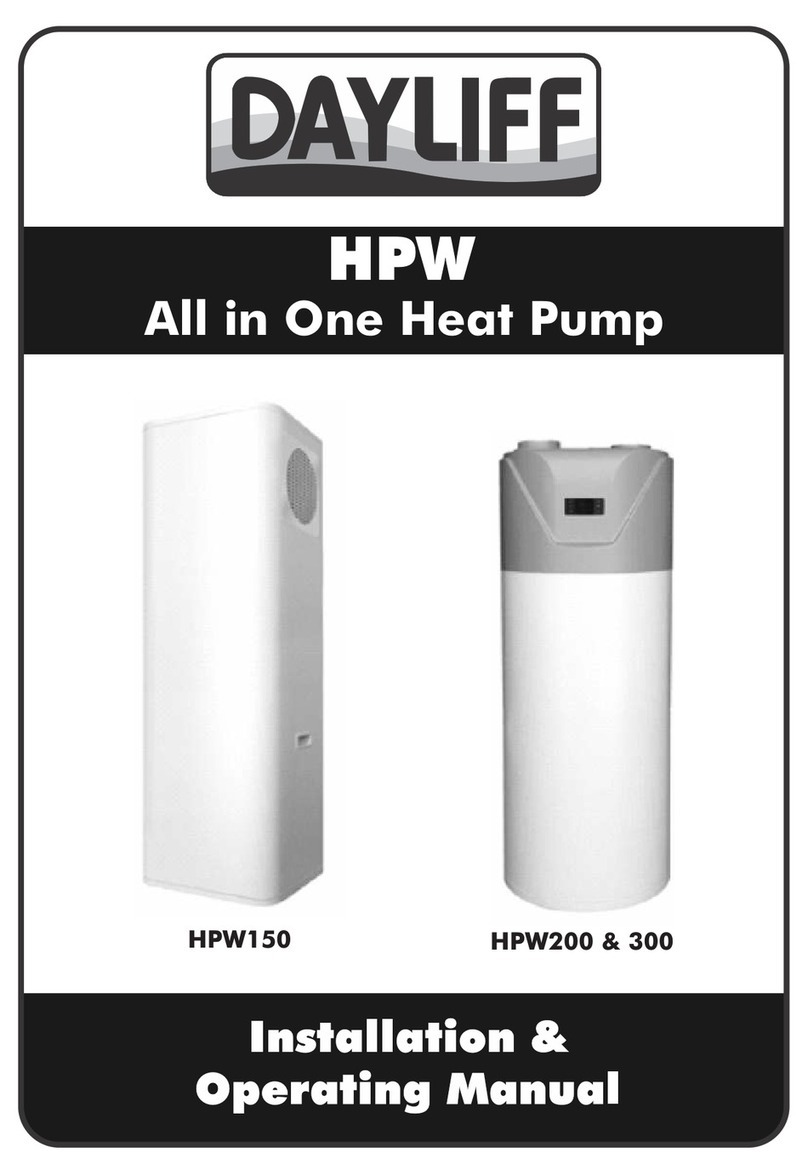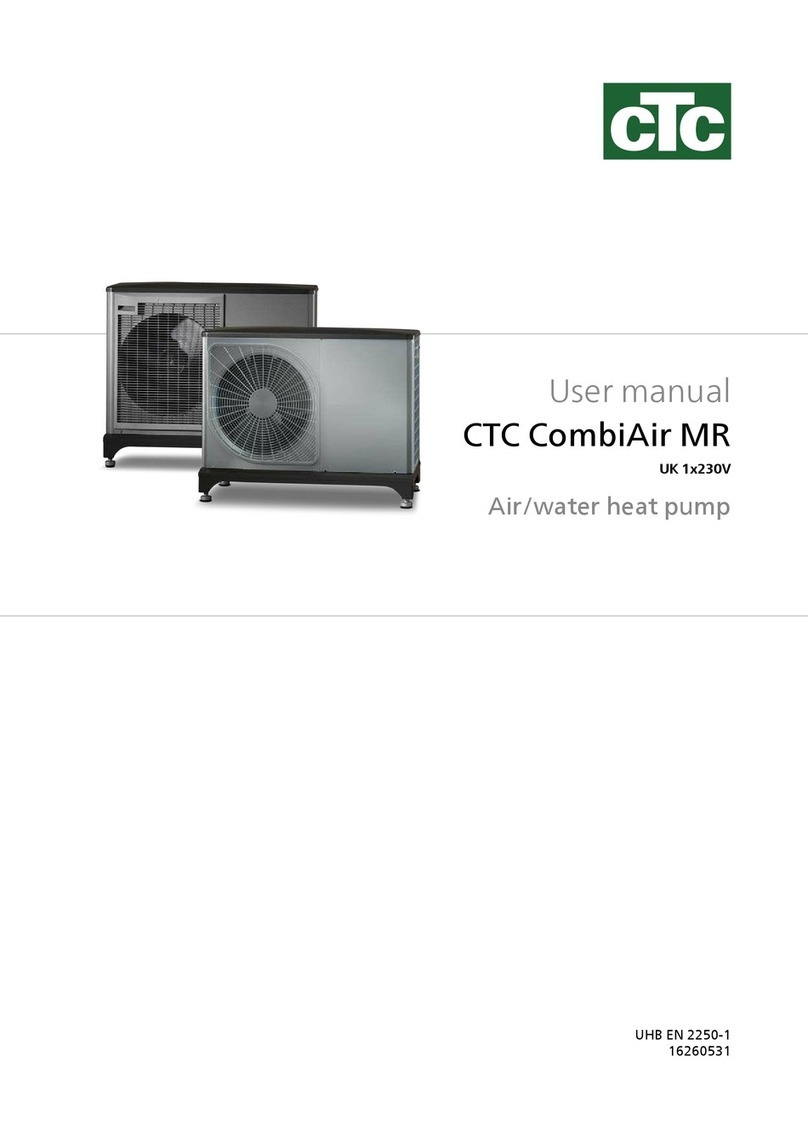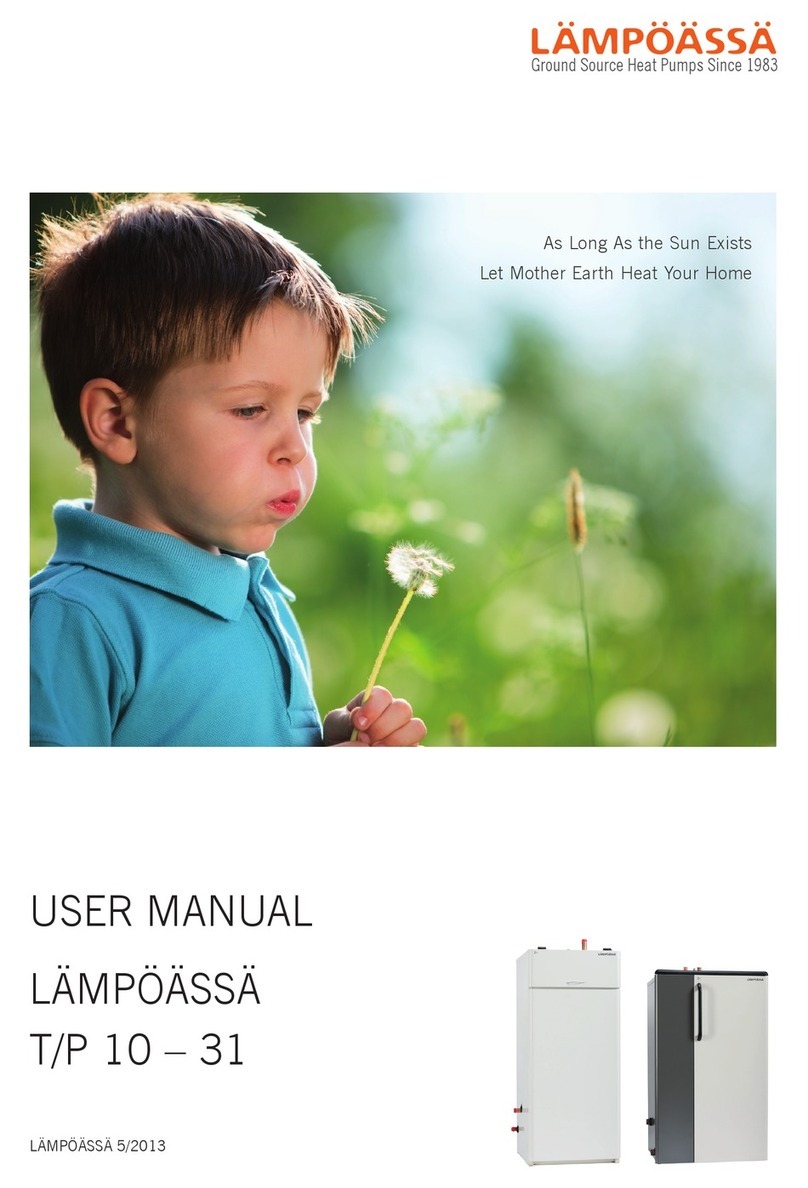
Water Temperature SettingUnder the condition of power on, press “ “ or “ “ key to set the water temperature.000Heating Mode: water temperature (L3): 20 C~40 C, default: 28 C.000Cooling Mode: water temperature (L4): 7 C~20 C, default: 12 C.000Constant Temperature Mode: temperature (L1): 7 C~40 C, default: 28 C.Time Setting1. Long press “ “ key for about 5 seconds to enter time setting. 2. Press “ “ key once to enter hour setting, press “ “ key or “ “ key to set the correct number. 3. Then press “ “ key to enter minute setting, press “ “ key or “ “ key to set the correct number.4. Once setting is finished, press “ “key once finish the process. Timer Setting1. The system can be set automatically for power on and power off for two time periods.2. Press “ “ key to start the timer setting. 3. In the bottom right corner of the screen, “1” will be displayed, which means the first time period setting has started. 3. Press “ “ again, to enter the power setting required.4. Press “ “ or “ “ to set hour parameter.5. Then press “ “ to accept and set minute parameter in the same way. 6. Press “ “ another time to end the automatic power one setting and start the automatic power off setting.7. Press “ “ or “ “ to set hour parameter, then press“ “ to set minute parameter in the same way. 8. After the first time period setting is done, press “ “ to enter the second time period setting,9. in the bottom right corner of the screen “2” will be showed, which means the second time period setting has started.10. Repeat operation as above.11. Press “ “ key, to end the timer setting.Cancel Timer Setting1. To cancel the timer setting, press “ “ once, then press “ “ again for 5 seconds, the first time period setting will be canceled. 2. To cancel the second time period setting, press “ “ once, press “ “, then long press “ “again for 5 seconds.▲▲▲▲▲
▲▲▲▲
▲
▲
11




















